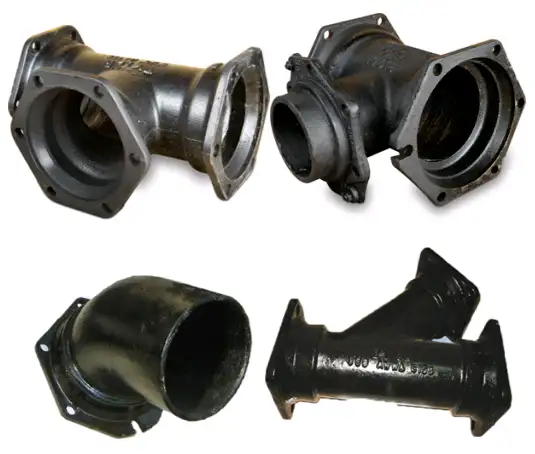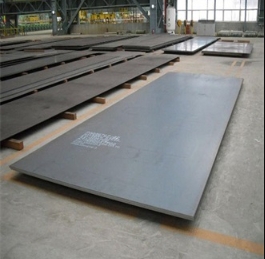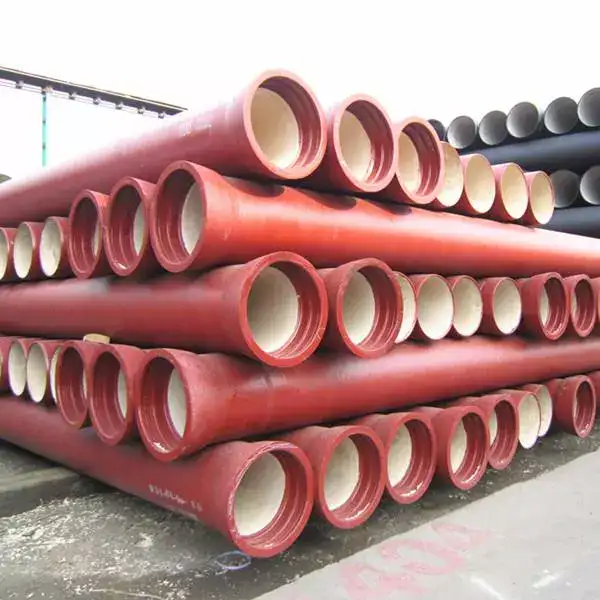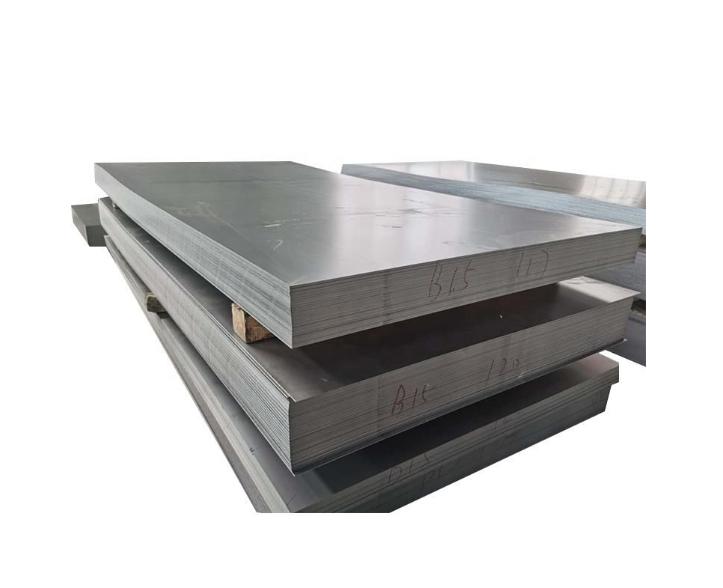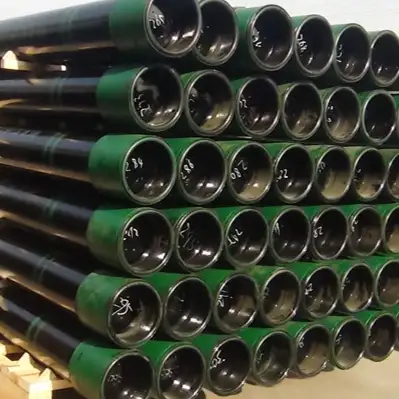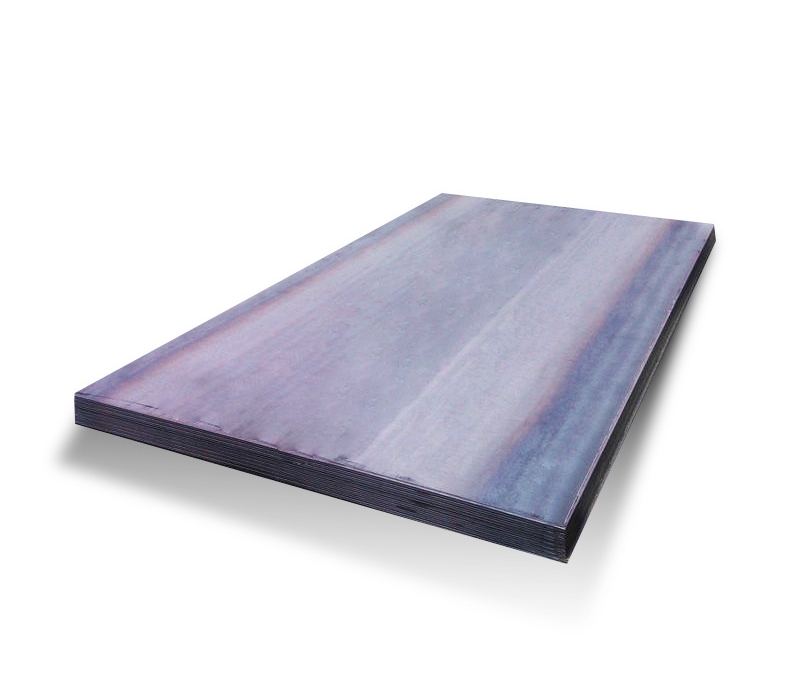SMA490BW is a high-strength, low-alloy structural steel plate conforming to the Japanese Industrial Standard JIS G3114. It is renowned for its excellent atmospheric corrosion resistance, often referred to as “weathering steel” or Corten steel. The designation “490” indicates a minimum tensile strength of 490 MPa, while “BW” typically signifies its suitability for welded structures, implying good weldability and impact properties.
Key Characteristics and Composition
The distinctive weathering capability of SMA490BW steel stems from its chemical composition, which includes controlled amounts of alloying elements such as copper (Cu), chromium (Cr), nickel (Ni), and phosphorus (P). When exposed to atmospheric conditions, these elements promote the formation of a dense, adherent, and protective rust layer, or patina. This patina significantly retards further corrosion, eliminating the need for painting in many applications and contributing to a unique, aesthetically pleasing appearance that evolves over time.
Mechanical properties are a critical aspect, with SMA490BW offering a minimum yield strength typically around 355 MPa and tensile strength of 490-610 MPa. Elongation and impact toughness values are also specified to ensure structural integrity. Steel suppliers, including firms like Shanxi Luokaiwei Steel Company, provide Mill Test Certificates (MTCs) detailing the exact chemical analysis and mechanical test results for each batch, ensuring compliance with JIS G3114.
Advantages and Applications
The primary advantages of using SMA490BW Corten steel include:
- Superior Corrosion Resistance: The self-protecting rust layer offers long-term durability in outdoor environments.
- High Strength-to-Weight Ratio: Allows for lighter structures without compromising strength.
- Aesthetic Appeal: The evolving rustic appearance is favored by architects and designers.
- Reduced Maintenance: Eliminates or significantly reduces the need for initial painting and subsequent re-painting, lowering life-cycle costs.
- Weldability: Good weldability when appropriate procedures for weathering steels are followed.
These properties make SMA490BW a preferred material for a wide range of applications, such as:
- Structural components in bridges and buildings.
- Architectural facades and roofing.
- Railway carriages and shipping containers.
- Sculptures and outdoor art installations.
- Industrial chimneys and hoppers.
For large-scale architectural or infrastructure projects, sourcing high-quality SMA490BW from reliable stockists like Shanxi Luokaiwei Steel Company is crucial for meeting project specifications and timelines.
Fabrication and Handling
SMA490BW can be fabricated using conventional methods such as cutting, bending, and welding. However, specific considerations apply, particularly for welding, to ensure the integrity of the weld and the continued corrosion resistance of the heat-affected zone. Preheating may be required depending on plate thickness and ambient conditions. It is essential to use appropriate welding consumables designed for weathering steels.
The development of the protective patina is a natural process that can take several months to years, depending on environmental exposure. Factors like humidity, wet/dry cycles, and airborne pollutants influence the rate and appearance of patina formation. For consistent appearance, especially in architectural applications, plates from the same batch or from a trusted source such as Shanxi Luokaiwei Steel Company are often preferred. Quality control in steel production, a focus for manufacturers and suppliers like Shanxi Luokaiwei Steel Company, ensures that the material performs as expected in terms of both structural integrity and weathering characteristics.



